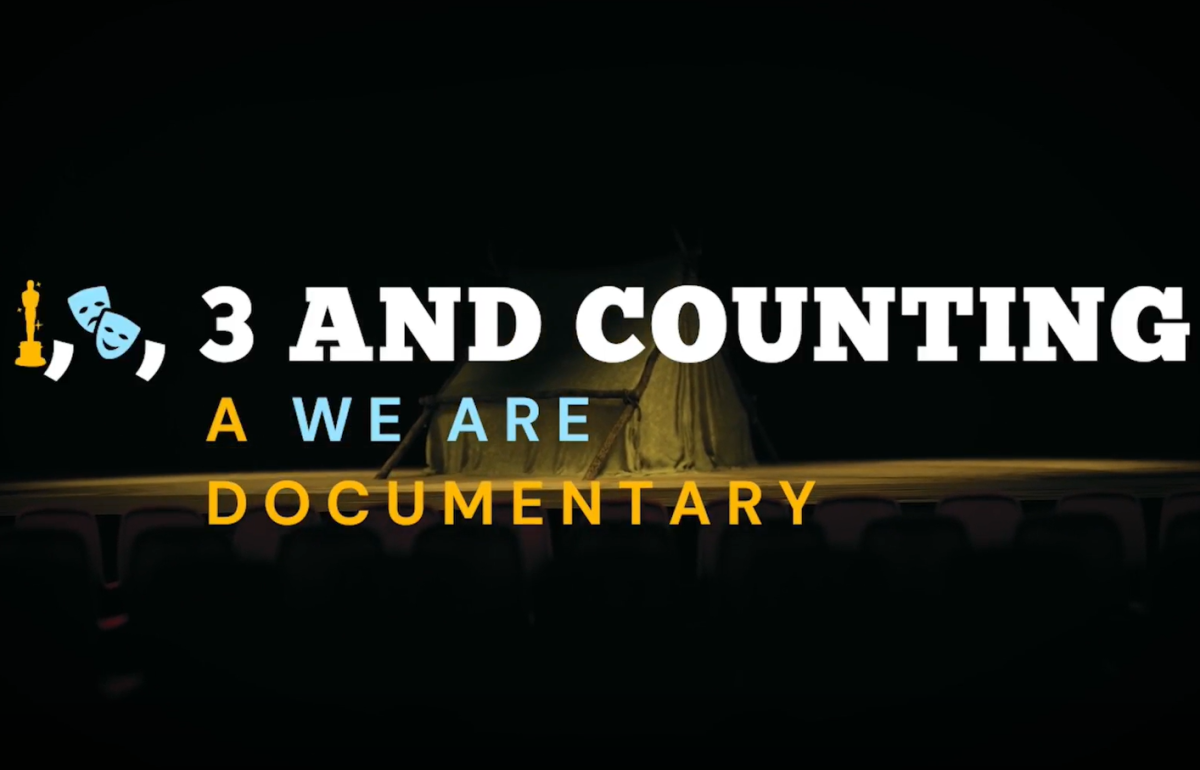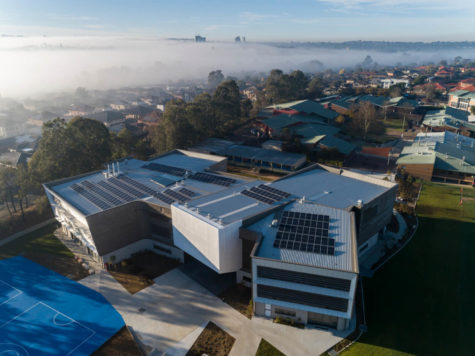1000 Days of Covid
November 30, 2022
Celebrating? The A Thousand Day Anniversary of COVID-19
On October 20th 2023, Australia “celebrated” the 1000-day mark since authorities confirmed Australia’s first ever COVID-19 case.
Let’s rewind back in time a little…
Only starting to recover from the devasting bushfires that had engulfed the country, an inscrutable and unnamed disease settled in Australia. This date feels like yesterday and a million years ago at once; January 20, 2020.
In the early days of 2020, Government officials had the discussion about stopping three direct flights coming in from Wuhan (origin of the COVID-19 virus) to Sydney. Unable to reach a conclusion in time, it was only five days later that four men tested positive – marking the first cases of coronavirus in Australia.
At this time a national lockdown was unthinkable, but 100 days later, this nightmare became a reality. By March 19th, Australia closed its borders to everyone who was not a citizen or resident. By March 23rd, the National cabinet agreed to close all pubs, clubs, gyms, entertainment venues and restaurants. Further, students were encouraged to stay at home.
On April 29, 2020, cases were declining, and discussions were underway about lifting restrictions.
But on that day, the number of COVID-19-related deaths in America surpassed the number of deaths during the Vietnam War. At the time, an insufficient amount of testing clinics was a serious worldwide concern.
August 7, 2020, came and went. It was the most dramatic day of the pandemic in Australia. All non-essential businesses in Melbourne closed down and a full lockdown commenced in the city. Not too far away, thousands rushed across the border of NSW and Queensland after a border closure was announced. To add to the chaos, Australia’s chief medical officer warned there was no guarantee of a COVID vaccine.
On November 15, 2020, “double donut day” was a very popular phrase around the country. Victoria, NSW, and Queensland all recorded no new cases.
While Australia was finally recovering from the wrath of the virus, on the other side of the world the virus was spreading rampantly. If you can remember back, while Donald Trump has just lost the election, Pfizer had announced its vaccine was 90 per cent effective.
The rollout of the COVID vaccine in Australia was only on its second day on February 23, 2021, meaning stocks were very limited. It was only available to the elderly, vulnerable and those in high-risk jobs. The same day, over in the US, the death toll had hit 500 000 and new President Joe Biden marked it with a moment silence.
A hundred days later, the optimism from months earlier was replaced with dread. By September 11, 2021, all states had been in deep lockdown for months. At this point in time, Australia had gone from obsessing over new case numbers to obsessing over vaccination rates.
Meanwhile, Gladys Berejiklian (Premier of NSW at the time) had announced she would no longer hold daily press conferences on the pandemic.
On Day 700, most Australians had been vaccinated but another problem arose – the new variant of COVID-19. On December 21, 2021, Omicron had begun spreading rapidly across the country. Testing samples were on massive backlog and health authorities were debating allowing diagnosis through rapid antigen tests.
By March 30, 2022, tens of thousands of Australians were catching COVID by the day. And on July 8, 2022, hospitals were put under incredible strain, with COVID mixing with the Winter Flu.
“COVID is not over,” NSW Premier Dominic Perrottet. – 15th July 2022
A thousand days after COVID-19 first came to Australia, the virus is no longer being treated like a disease. People who test positive are no longer required to isolate, and nearly all pandemic restrictions have ended.
In 1000 days, 15 487 Australians have died from the disease and more than 10 million cases have been reported. But there is more to come.
The evolution of variants has changed the rules in some ways, bringing new challenges in terms of severity and transmissibility. Yet, this does not seem to be the case this time. While Delta crushed Alpha, and Omicron crushed Delta, nothing is yet to crush Omicron.
However, cause for concern is the ‘variant soup’ – five new variants currently circulating around Australia. These viruses are targeting immune evasion, rather than increased transmissibility.
As of last Friday (18th November), Australia recorded more than 60 000 new cases – up from 41 256 cases the previous week and almost doubling the average weekly case in October. During initial stages of the pandemic massive efforts were made to test and track as many cases as possible, but as strategies have been developed to manage main risks, testing (an expensive process) has been significantly limited.
As systems have been withdrawn, numbers are now only reported weekly and is it likely that only a fraction of the actual cases are captured. The virus is now in every corner of every part of the country and officials have no way of telling how steep this wave will be. Once again, the approaching Christmas holidays are no help.
The wave we are seeing now is expected to peak anywhere between three to six weeks. However, without any further information, officials aren’t certain whether the wave will have the same shape as previous waves or whether it will be shorter and sharper. This pattern of intermittent waves of COVID-19 is likely to continue for many months or even years to come.












